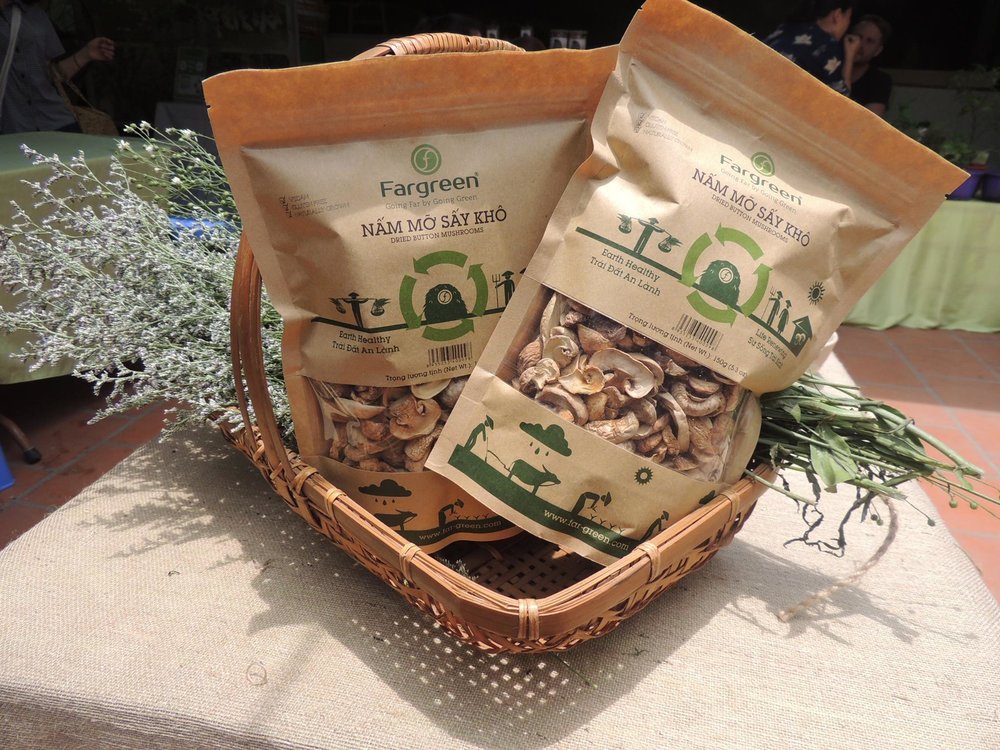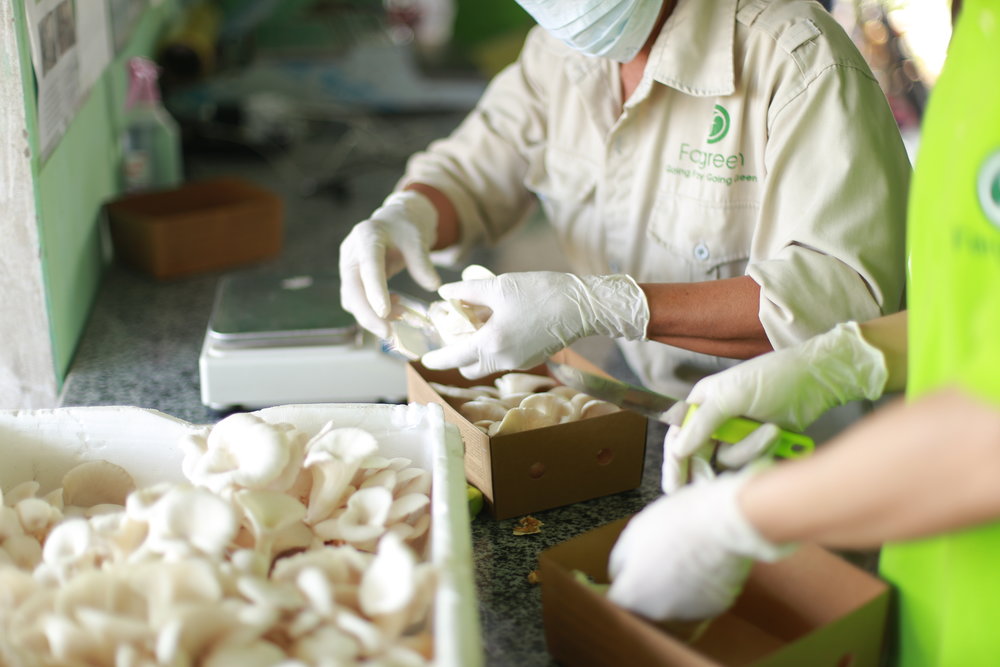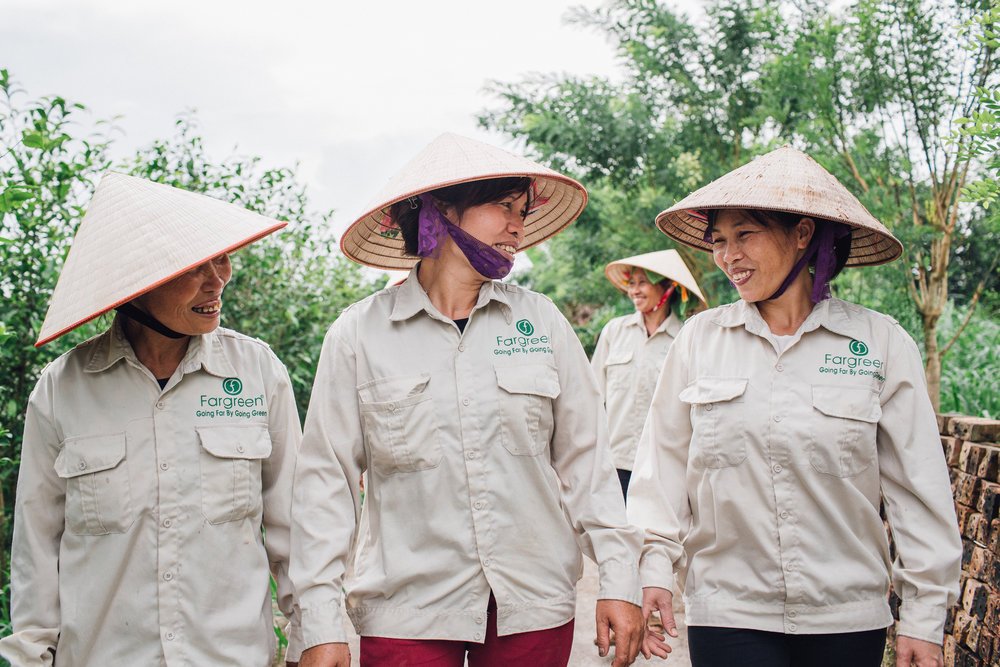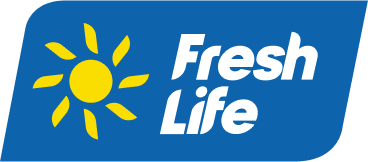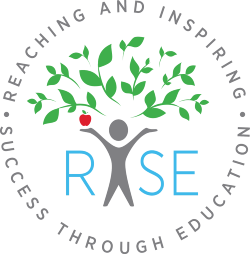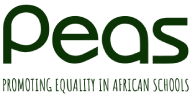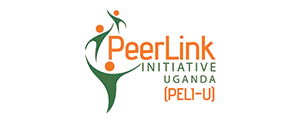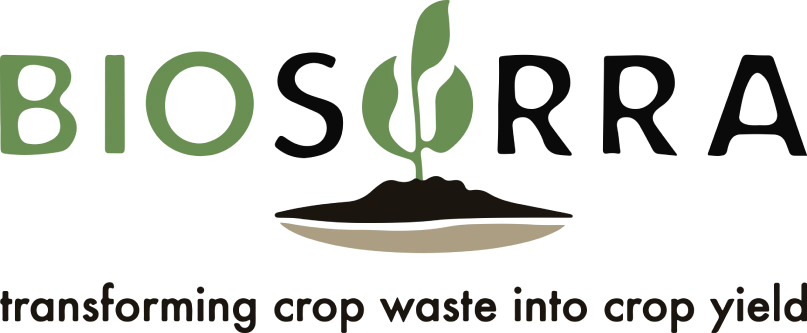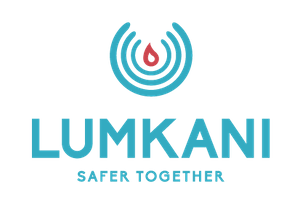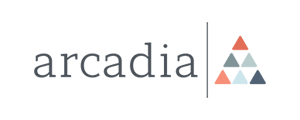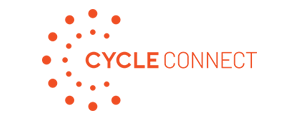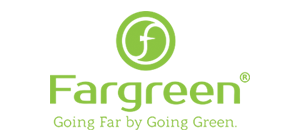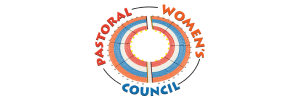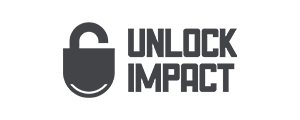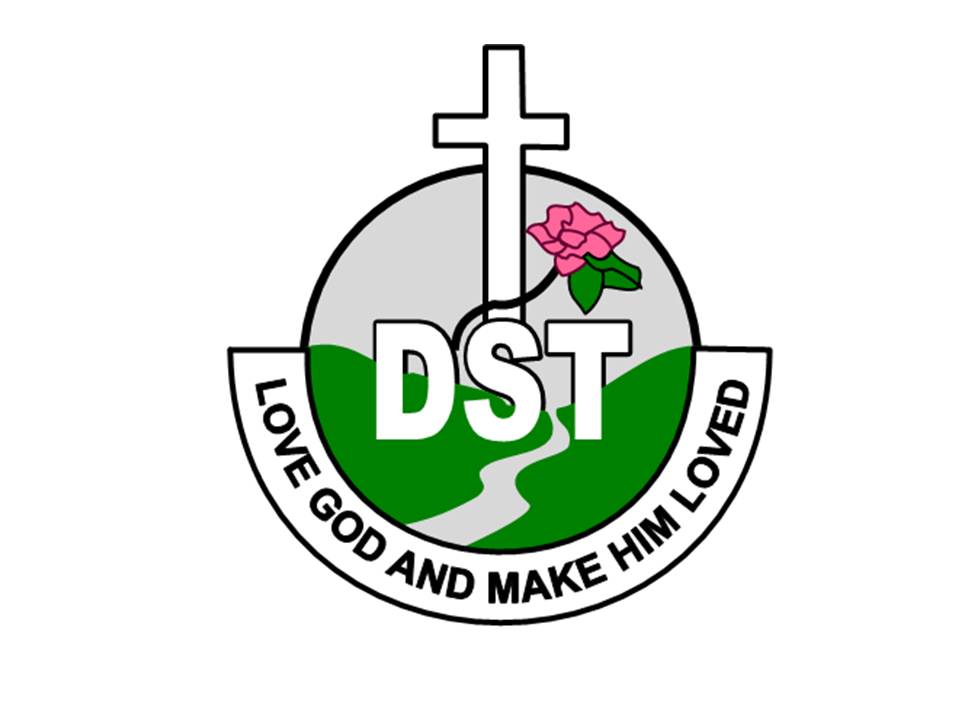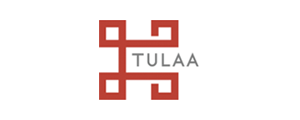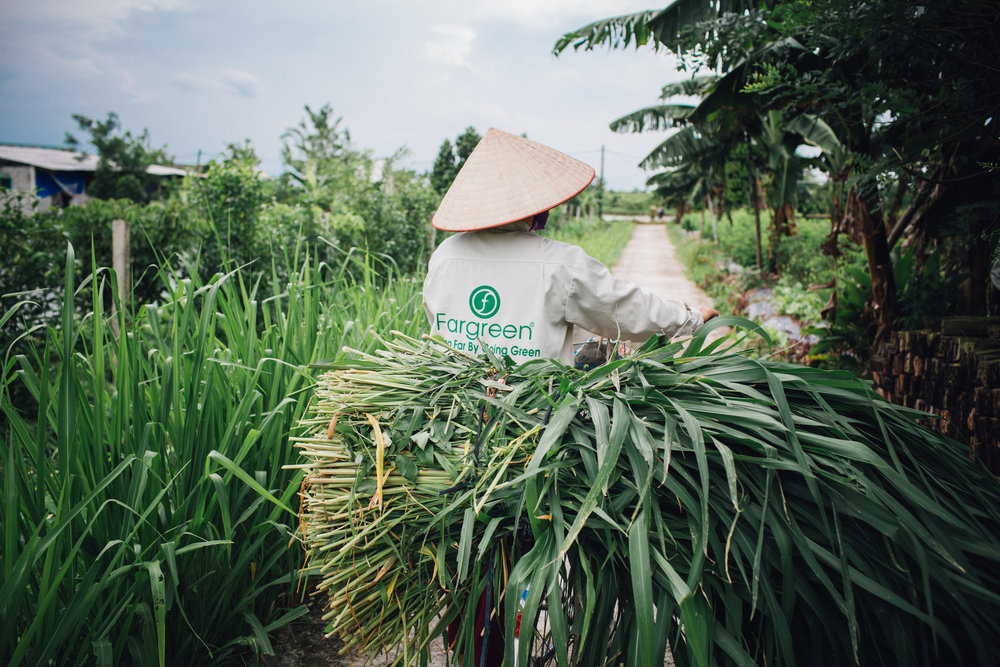
My journey into entrepreneurship via problem definition and customer understanding, then solution seeking.
By Trang Tran | CEO & Founder of Fargreen (Vietnam)
Growing up in Northern Vietnam, I saw massive change happening everywhere in the country, starting from my very own small hometown. For economic reasons, the local government filled half of the river at the back of my parents’ home – the beautiful river my dad used to carry me on his back to swim across every day. Once the source of drinking water for all, it’s now an unswimmable, undrinkable, unbreathable dark flow. I witnessed the air quality worsen, the weather become more unpredictable, and the surrounding farming communities shrink as farmers left towns in search of big-city jobs because farming alone couldn’t support them.
I couldn’t wrap my head around the logic behind what people had done in the name of ‘development’. And that sparked my passion to engage in international development work – hoping that one day I could do something truly helpful for the community I love.
A LEAP INTO ENTREPRENEURSHIP
I have traveled and worked all over Vietnam and Southeast Asia. In that time, I noticed that in most cases, those who attempt to solve local social and environmental problems are not local people. The work itself is highly dependent on the taste of donors and can be interrupted at any time before the problem is solved. This bothered me so much that I set out to discover new, more sustainable ways of doing development work. And I was particularly intrigued by the concept of using business as a tool to solve social and environmental problems.
So, five and a half years ago I left for the U.S. to get my Masters in Business Administration with a concentration on global social and sustainable enterprises. I wasn’t an aspiring entrepreneur. In fact, I didn’t even know what an entrepreneur was. I didn’t have any business background, except all those childhood years spent helping my parents with their humble food stand in the local market. I was also reluctant to the idea of starting a business because I didn’t think that’s what a shy Asian girl like me would ever be able to do. All I brought with me to university was passion and a genuine curiosity to learn.
On day one of my first entrepreneurship class, the professor said: “the first step of becoming an entrepreneur is finding out what sucks.” I thought to myself, well I know plenty of things that suck.
That problem of open rice straw burning I’d seen all over Vietnam and other rice-producing countries? It really sucks. It’s damaging to the environment and the health of the community. And it’s not just a small local problem native to a particular farming community. It’s a deeply embedded social behavior that was initially so complicated, so big, and so overwhelming to me every time I tried to think of a good solution for it.
But I was in school, and I had come there to see if the business way of designing a solution to a social and environmental problem would really work. So I thought I’d better test it with a difficult enough problem then. School should be a safe place to try and fail. Isn’t that what learning is supposed to be?
And so I got to work on Fargreen. It’s a journey that started with learning deeply about the problem, then trying different solutions to see how each worked, drawing lessons from those experiences, then using the new learnings to get a deeper understanding of the problem so I could come up with better solutions.
I can tell you it’s a long, never-ending learning process. And from my experience to date, the process centers around truly understanding the problem. When you can clearly define it, the solution will present itself to you.
As we talked more with the farmers, it turned out we were the ones whose view and knowledge was limited.
DEFINING THE PROBLEM
When I started my extensive research about the problem of open burning of rice straws, I thought the problem was the burning act itself. So whatever can stop this burning should be the solution, right? If so, then we should follow the footsteps of California or Japan and ban the open burning completely. Well, it turned out, some local governments in Vietnam had already tried this without success because it’s not a technical problem – it’s a social problem driven by the complex rural environment. Plus, the magnitude of the problem in a major rice-exporting country is very different from one in a rice-importing country. The problem is not the burning act.
How about the people who perform this act – the farmers. Perhaps we should blame them and find a way to fix them? Maybe they have limited knowledge of the consequences of burning to their health and the surrounding environment? So our team interviewed the farmers and found out they were not as uninformed as we thought. They were well aware the air was not clean or breathable when they burn the straws. They even wear masks to protect themselves from breathing the smoke. No more awareness campaigns needed here.
So what exactly is the problem here? As we talked more with the farmers, it turned out we were the ones whose view and knowledge was limited.
UNDERSTANDING CUSTOMERS
Of course the farmers had to burn the straw because it’s the quickest, cheapest, most convenient way to get rid of the waste so they can start another crop and earn more money to support their families. Farming is hard, and they have to work even harder just to make ends meet. Taking care of themselves and their families is a reasonable priority. We all do the same, right?
So instead of asking “what will make the farmers not burn the straws?”, we changed our line of thinking to “what’s in it for the farmers to not burn the straws?” And that question essentially sums up the way we define the problem at Fargreen. What’s in it for the farmers to not do the damaging act? To end it sustainably? To work alongside Fargreen?
Does that sound strange? No. At least not at business school. When we start a deal with a new partner, we always have to ask that question so we can create an attractive proposal to start a partnership, right?
The key word here is ‘partner,’ which is very different from ‘beneficiary.’ And when we move from the closed mindset of granting something to someone to the more balanced mindset of proposing something to someone, we invite the other party into the process of figuring out what actually works. Specifically at Fargreen, we need to propose to farmers some solutions for turning their waste into something so valuable they can’t turn away and go back to burning it.
Did I find the perfect solution for the problem and should the search stop here? Not really. It was just an idea. And if you call an idea a solution, you’re dead wrong.
SEEKING SOLUTIONS
There are many ways rice straws can be used: making furniture, animal foods, generating power, and so on. These are all great ideas. But for me, they’re either too expensive to start small and test, or too boring to do for the next 100 years.
As we researched, we stumbled upon a paper about growing mushrooms on rice straws. The most exciting thing for me at the time was that we would get delicious food – I’m a foodie after all! But deeper exploration revealed that after the mushrooms are harvested, the spent straws could be returned back to the soil as bio-fertilizer. No more waste. Sustainably!
Did I find the perfect solution for the problem and should the search stop here? Not really. It was just an idea. And if you call an idea a solution, you’re dead wrong. Trust me, I’ve learned many hard lessons by mistaking ideas for solutions. For example, when we first piloted Fargreen in Vietnam, we taught the farmers to grow mushrooms themselves so we could buy these mushrooms to sell at market. You could say: of course, what’s wrong with that? Well, there were actually several problems with this model:
First, growing mushrooms in a traditional way is labor intensive. There are very few farmers who could be both full-time rice farmers and full-time mushroom farmers at the same time.
Second, it’s just not that easy. Existing mushroom farmers in the country already struggle with pests, failing crops, and so on.
Third, it’s very hard for Fargreen to control the quality of the mushrooms it would sell to customers. And there’s no way to prevent farmers from side-selling the product to the market themselves.
What’s more? The cheap and convenient way of growing mushrooms – which is most often used and which we tried in the pilot – is to pack the straw and the spores into hundreds of plastic bags. After you’re done with the crop, you throw the bags away. So, we had to face the hard realization that if we scaled this solution, we would add another and maybe bigger problem to the environment.
All this discovery helped us to understand the problem we’re trying to solve at the deepest level of the system where it exists. We’ve learned that in order to craft a good solution, we need not just focus on the input or the output but also on the process and the existing system in between.
We all know it’s very hard to change a system. And if we’re not careful, we might create another problem out of our very good intentions. It surprises me every day how limited my yesterday’s understanding of the problem was.
KEY LEARNINGS
Looking back on our early years, a few key things stand out as having been critical to moving Fargreen from an idea to the business as it operates today (which, by the way, is still bumpy and ever-changing):
1. A realization that these challenges are complex and have emerged as a result of many interrelated factors. Spending time understanding the problem, doing loads of research, and peeling the onion were important to developing innovative, realistic, and impactful solutions.
2. Being surrounded by people who share your vision and passion but at the same time hold your feet to the fire and give you critical feedback that helps improve your idea, your solution, and the way you run your company. While praises and awards are nice, they don’t help you develop. What really helps is critical, thoughtful questioning and feedback.
3. Understanding that success is a process, not a brilliant spark of insight. It’s an emotional roller coaster and you must have the commitment and persistence to stay the course until the end.
As the saying goes, “where there’s a will, there’s a way.” And I believe that if our will is to make the world a better place, there will always be a way for us to do so. But we must be willing to take the time, make the effort, and find the patience to really understand the problem and show we really care – enough to work on solving it with all our heart.

